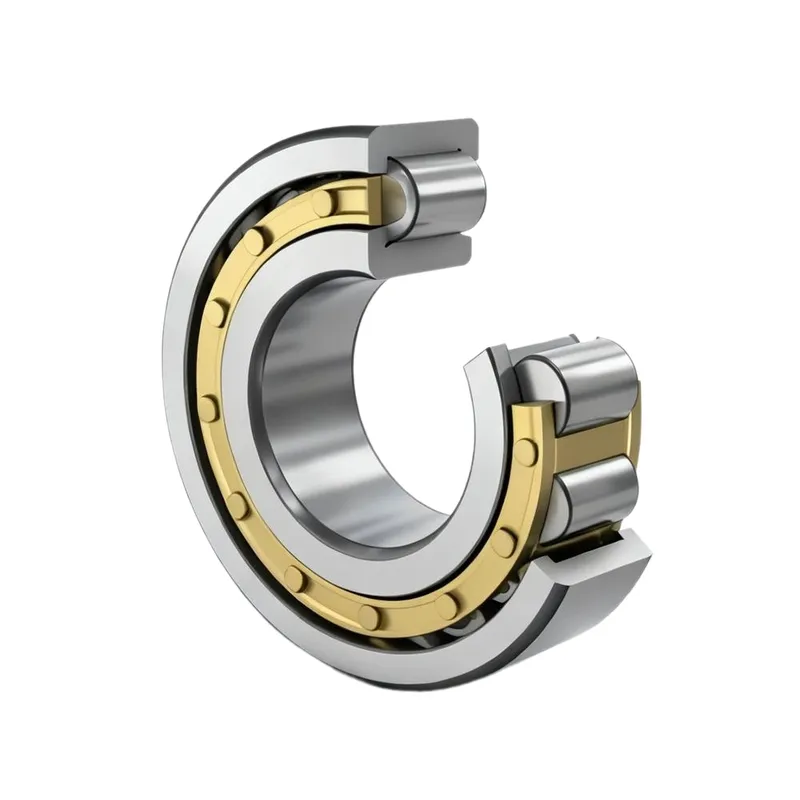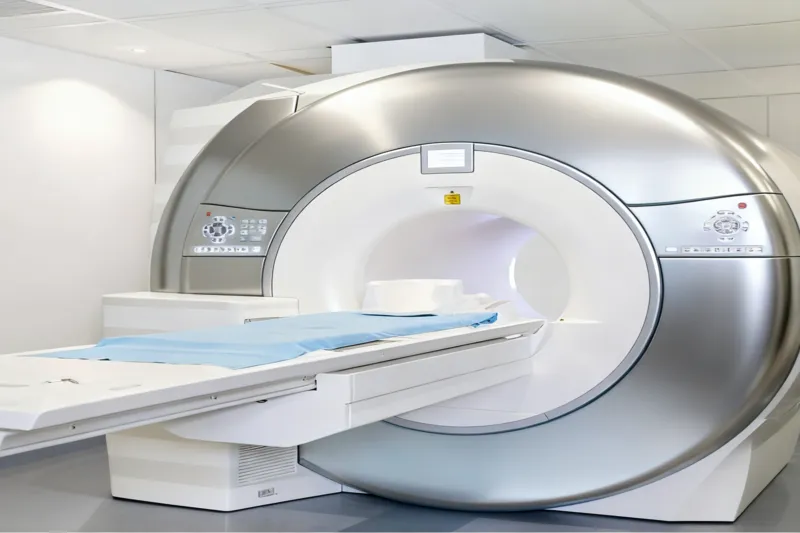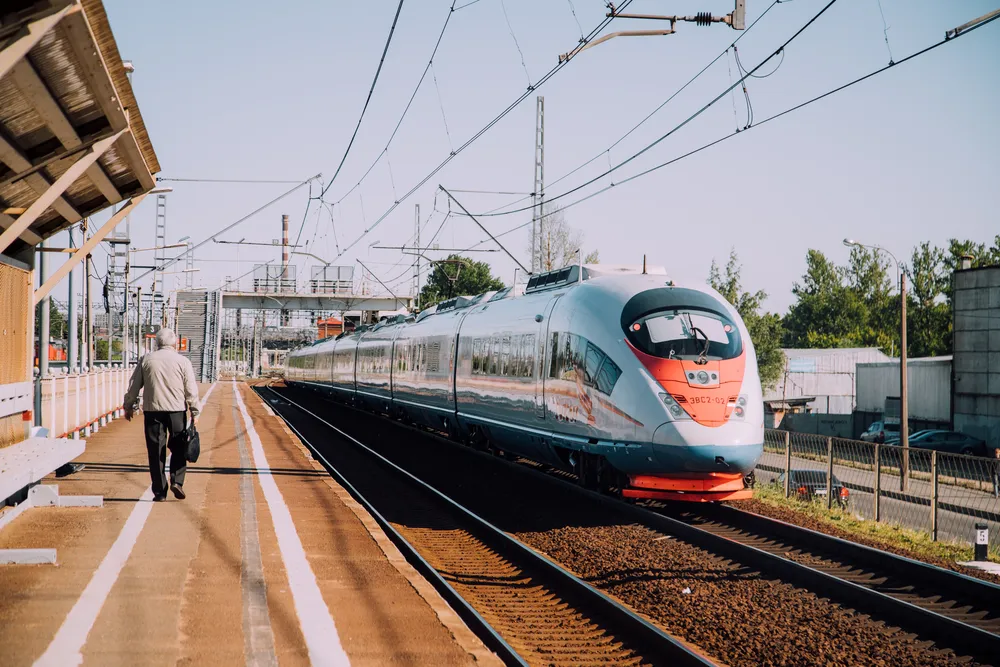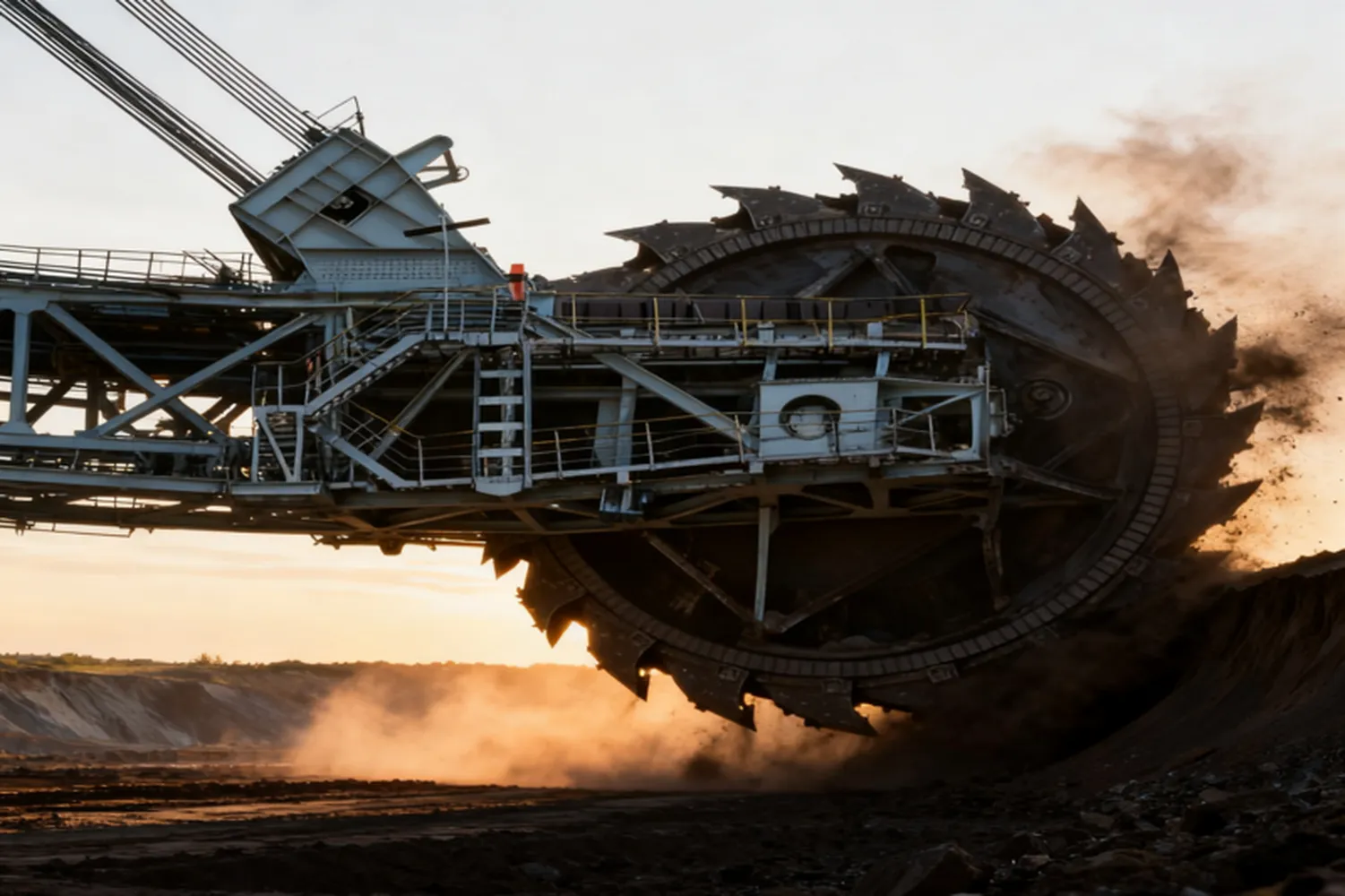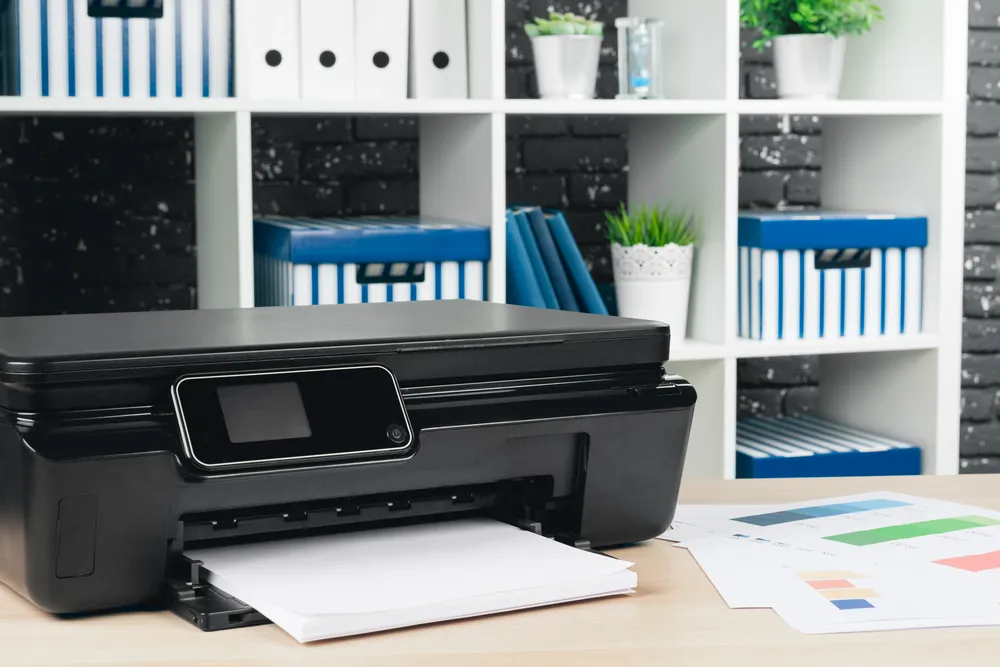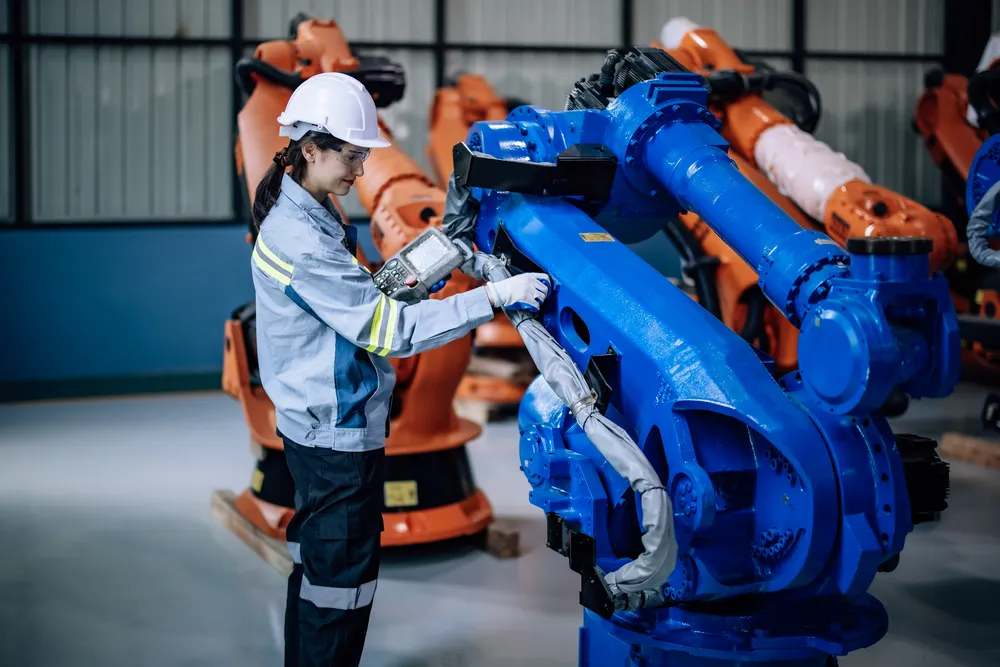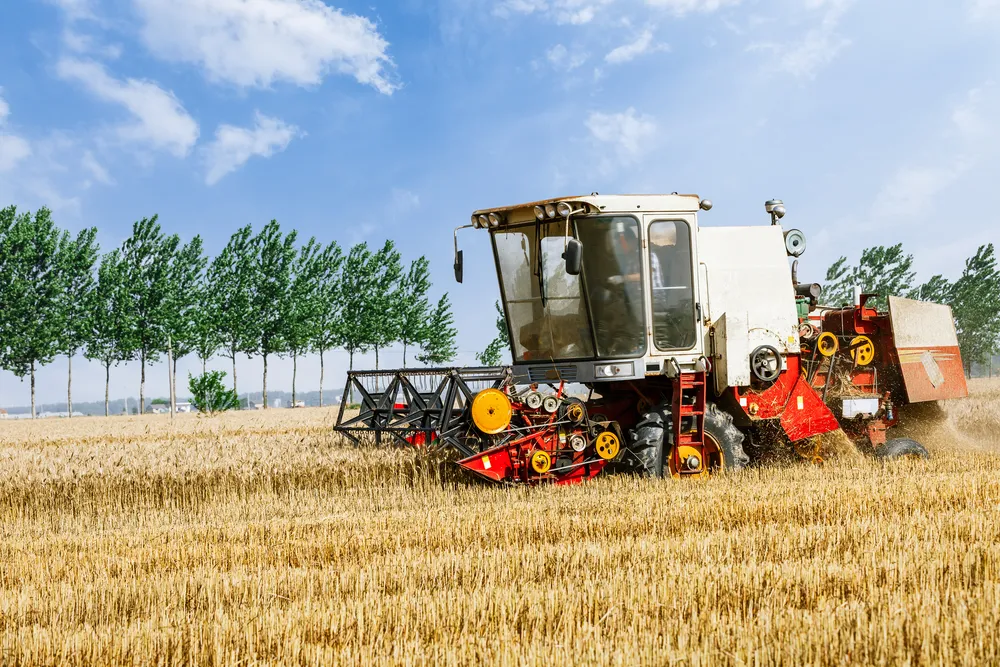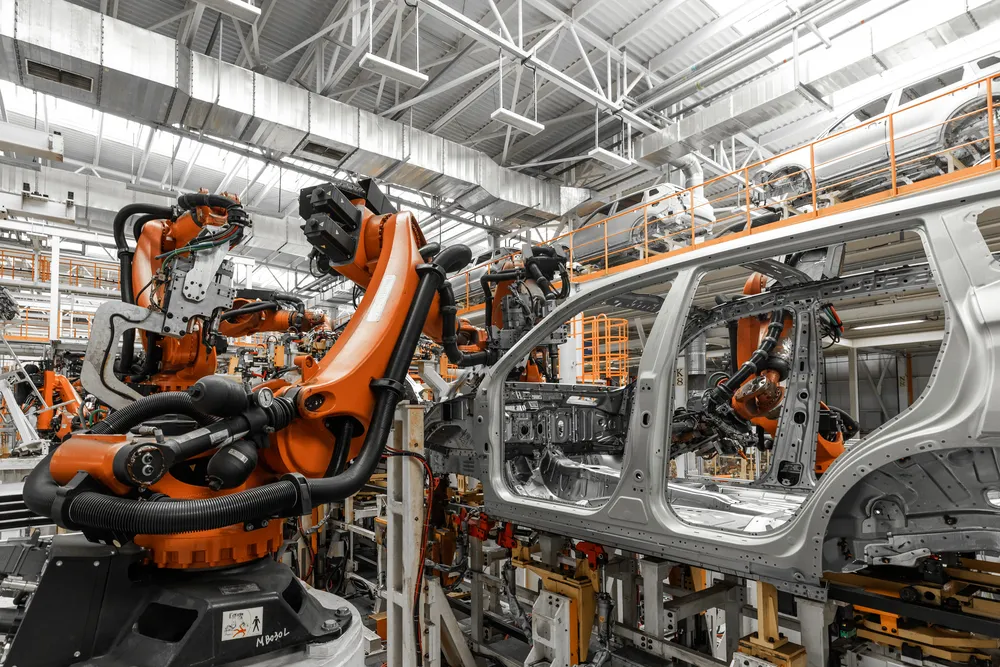Products
What are Cylindrical Roller Bearings
Cylindrical roller bearings represent precision components specifically engineered for industrial high-load requirements, with their core principle being exceptional radial load capacity achieved through linear contact mechanics. These bearings utilize geometrically optimized cylindrical rolling elements that create uniform stress distribution between precision-machined raceways. Unlike point contact in ball bearings, the line contact characteristic of cylindrical roller bearings provides higher load density within identical dimensions, making them particularly suitable for heavy machinery and high-speed operational scenarios. Their unique structural design ensures operational stability and precision maintenance while guaranteeing load-bearing capacity.
Characteristics of Cylindrical Roller Bearings
Cylindrical roller bearings possess several prominent technical features:
- Optimized contact geometry: Cylindrical rollers form precise linear contact with raceways, significantly improving load-bearing capacity per unit area
- Modular structure design: Separable ring structure simplifies installation procedures and enhances equipment maintenance efficiency
- Intelligent cage systems: High-strength cages ensure precise roller guidance, preventing skew friction
- Flexible structural variants: Providing single-row, double-row and multi-row roller configurations to meet different load conditions
- Surface precision treatment: Employing super-finishing technology to achieve optimal raceway surface roughness grades
Advantages of Cylindrical Roller Bearings
Cylindrical roller bearings demonstrate significant advantages in industrial applications:
- Exceptional radial load capacity: Linear contact design enables maximum load density within limited spaces
- High-speed operational stability: Optimized internal geometry effectively controls temperature rise, ensuring reliable operation under high-speed conditions
- Precise motion control: Tight manufacturing tolerances guarantee rotational accuracy, meeting high-precision transmission requirements
- Extended service life: Uniform stress distribution and premium materials prolong bearing service周期
- Convenient maintenance features: Modular design supports rapid replacement, significantly reducing equipment downtime
We Can Solve Your Problems
Addressing various complex working conditions, we provide professional engineering solutions:
- Customized selection services: Recommending optimal bearing configuration solutions based on load spectrum analysis
- Dynamic performance optimization: Utilizing advanced simulation technology to predict bearing performance under specific operating conditions
- Thermal management solutions: Developing specialized cooling systems for high-speed applications to ensure temperature stability
- Installation technical guidance: Providing detailed installation specifications to prevent performance impacts from assembly errors
- Intelligent monitoring systems: Deploying online monitoring equipment to track bearing operating status in real-time
- Life assessment services: Accurately predicting remaining bearing service life through professional analysis models
Frequently Asked Questions
Find answers to common questions about our bearings. If you don’t find what you’re looking for, please don’t hesitate to contact us.
What sets ball bearings apart from roller bearings?
Ball bearings feature point contact, minimizing friction and enabling high-speed, precise operation—perfect for electric motors and precision instruments. Roller bearings, with line contact, spread loads over a larger area, excelling under heavy radial or impact forces. In short: use ball bearings for speed and smoothness, roller bearings for durability and strength.
Do cylindrical roller bearings typically include built-in seals?
Cylindrical roller bearings are usually supplied in an open configuration, as their separable rings allow easier assembly and thermal expansion. While sealed types exist, they are less common. For environments with dust, moisture, or oil splash, external sealing or protective housings are recommended instead.
How do EW, EM, and ET series bearings differ in design and use?
The distinction lies mainly in the cage structure and material:
- EW: pressed-steel cages — economical and reliable for standard loads.
- EM: machined brass cages — strong, vibration-resistant, and ideal for heavy-duty or high-temperature settings.
- ET: polyamide (nylon) cages — lightweight and low-noise, suitable for high-speed and medium-temperature conditions.
When is a roller bearing preferable to a ball bearing?
Choose roller bearings for applications involving high radial forces, shock loads, or misalignment—like industrial gearboxes or conveyor drives. Ball bearings are preferable where smooth, fast rotation and precision are required.
Selection overview:
- Ball = speed and precision.
- Roller = strength and endurance.
- Steel cages = standard. Brass = robust. Polyamide = light and quiet.
- Use sealing only when contamination control is essential.
